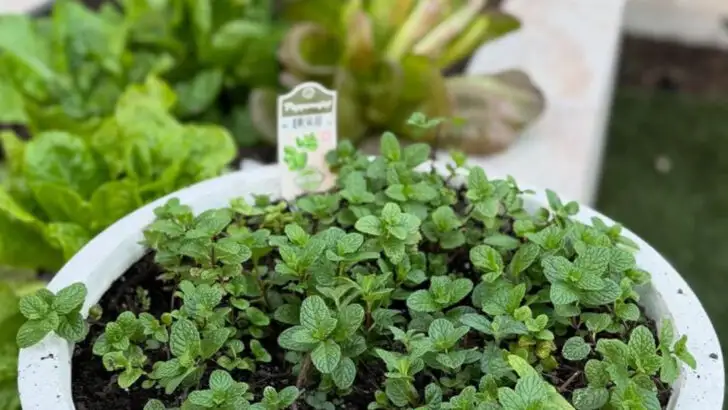Fresh herbs don’t just elevate your cooking—they transform your entire kitchen into a fragrant, inviting space. From sweet basil to earthy rosemary, these aromatic plants release scents that linger long after you’ve finished prepping your meal. Whether you’re cooking or not, just brushing against one of these herbs can fill your kitchen with the smell of sunshine, spice, or citrus.
Even better? These herbs are more than just pretty and fragrant—they’re flavor powerhouses. Snip a few leaves, and your meals get an instant upgrade. Toss them into pastas, soups, salads, or even cocktails, and you’ll wonder how you ever cooked without them. And because they grow well indoors on sunny windowsills or in countertop planters, you can enjoy their benefits year-round.
This list of 17 must-have herbs will not only make your kitchen smell incredible, but also inspire your everyday meals with minimal effort. They’re easy to grow, impossible not to love, and guaranteed to add a little joy to both your cooking and your home.
Basil
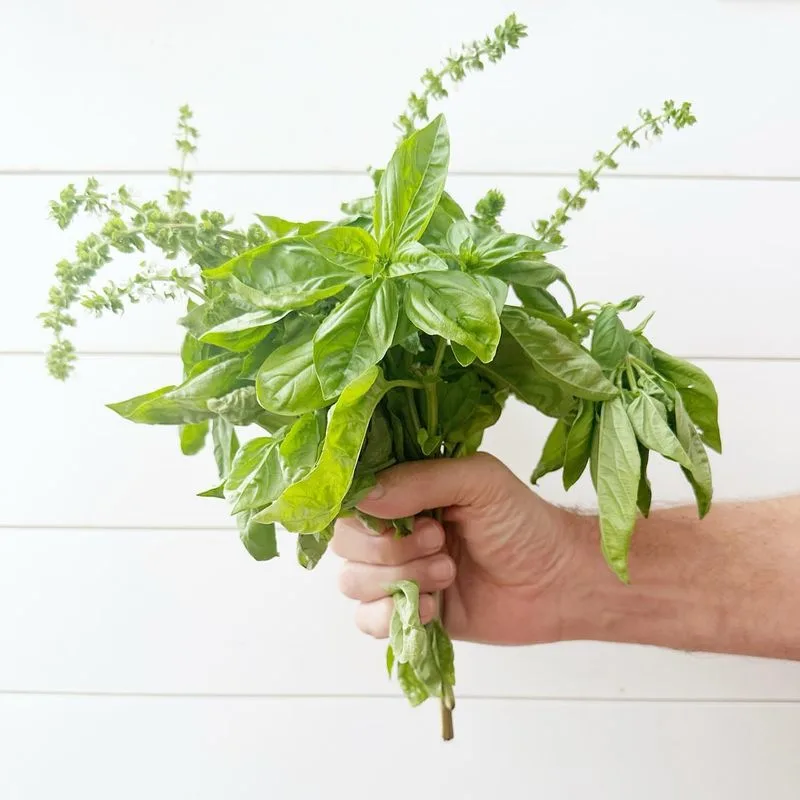
Basil, often synonymous with Italian cooking, is a kitchen staple that brings a sweet, peppery flavor to dishes. Its intoxicating aroma and vibrant green leaves are a feast for the senses. Whether sprinkled over a Margherita pizza or blended into pesto, basil delivers a refreshing zest.
Beyond its culinary prowess, basil’s scent can invigorate your kitchen space, creating an inviting atmosphere. Its leaves, when gently crushed, release an aroma that transports you to the sun-drenched fields of Tuscany.
Fun fact: Basil is revered in many cultures as a symbol of love and good luck.
Rosemary
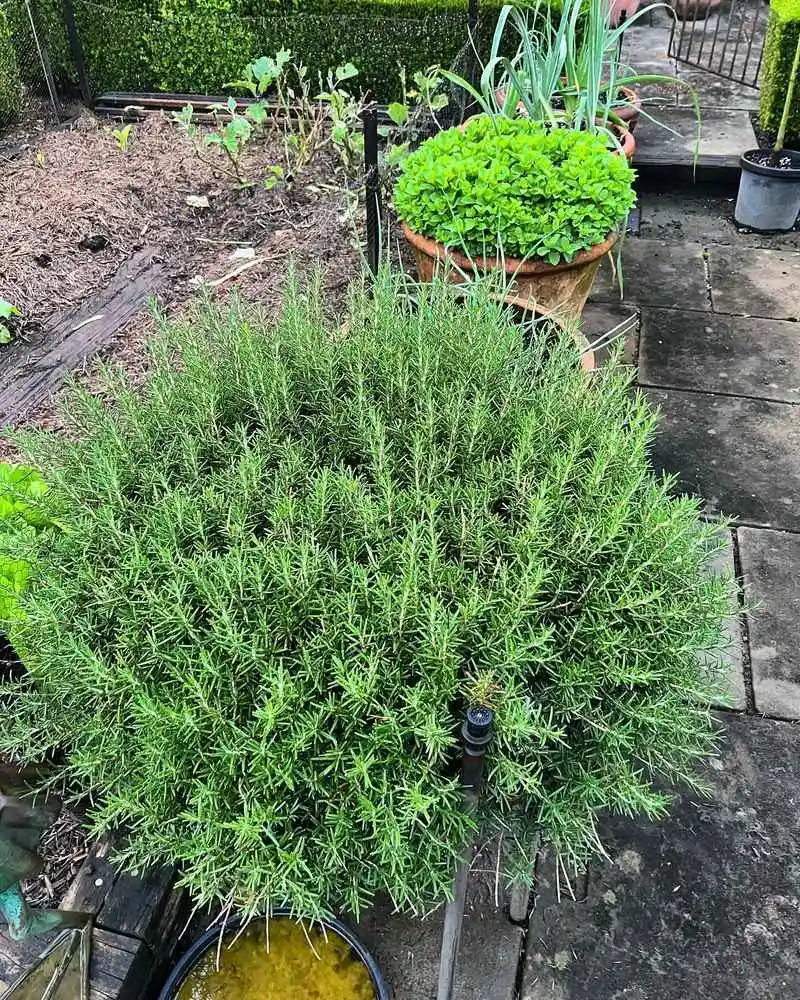
Rosemary, with its woody stems and needle-like leaves, brings a robust flavor to meats and vegetables. Its piney aroma is reminiscent of fresh mountain air, infusing your kitchen with a refreshing essence.
Rosemary pairs beautifully with roasted meats, potatoes, and Mediterranean dishes, adding depth and character. Its hardy nature makes it a favorite among home gardeners.
Did you know? Rosemary was used in ancient Greece as a symbol of remembrance. Its invigorating scent ensures your culinary creations are unforgettable.
Thyme
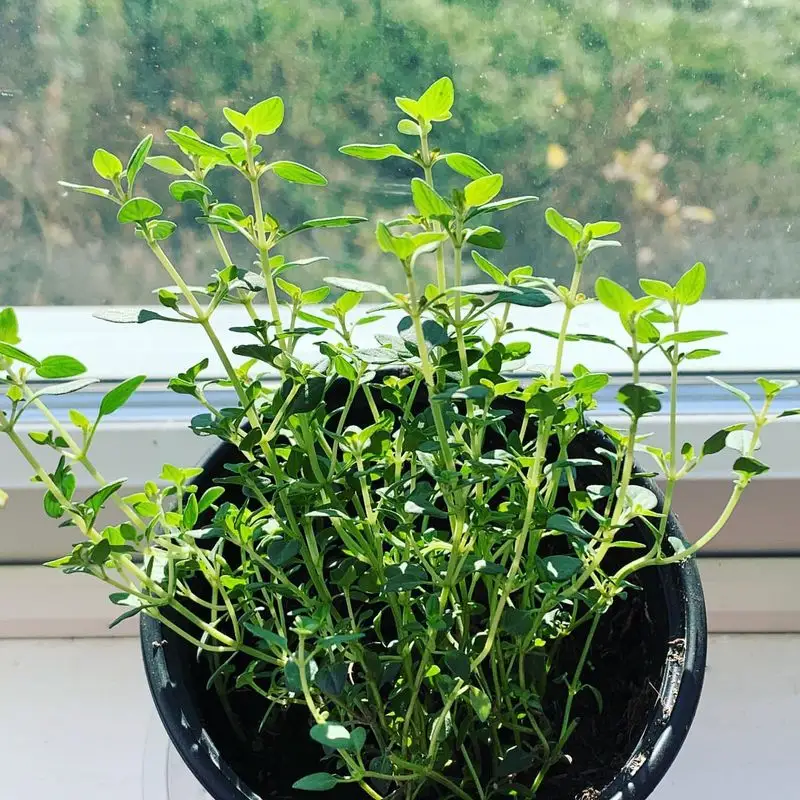
Thyme offers an earthy, subtle flavor that enhances soups, stews, and roasted dishes. Its small, aromatic leaves exude a fragrance that evokes images of sunlit Mediterranean landscapes.
This herb’s versatility makes it a must-have in any kitchen, blending seamlessly into a variety of cuisines. A touch of thyme can transform an ordinary dish into a savory masterpiece.
Fun fact: Thyme was used by ancient Egyptians in embalming, and its antiseptic properties were revered during medieval times.
Mint
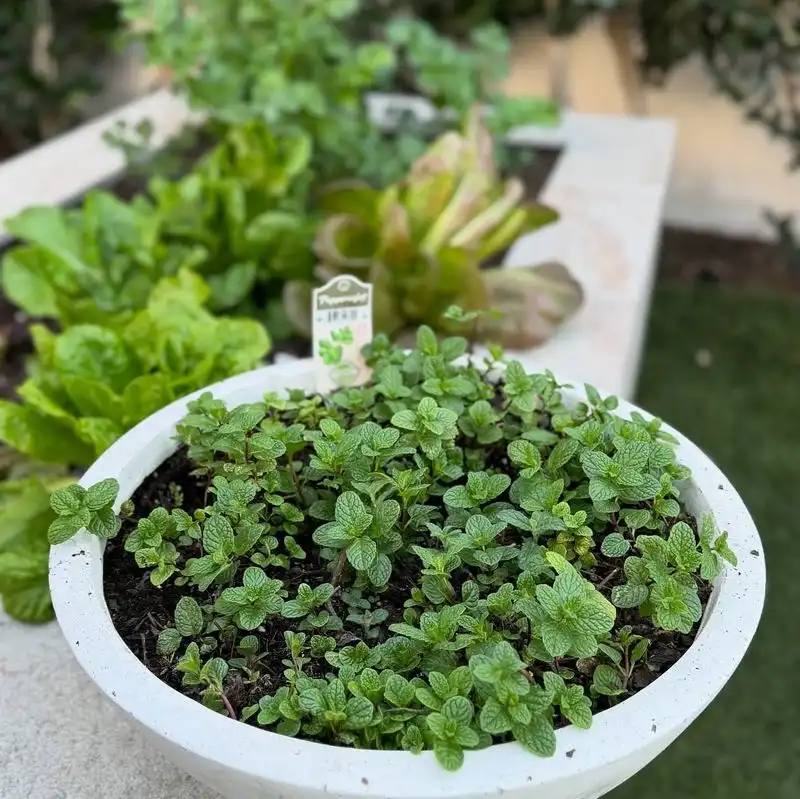
Mint’s invigorating aroma and cool flavor make it a refreshing addition to both sweet and savory dishes. The bright, clean scent of mint leaves can rejuvenate your kitchen atmosphere.
From garnishing desserts to enhancing salads and beverages, mint’s versatility is unmatched. Its presence in a mojito or mint julep is a nod to its refreshing capabilities.
Interesting tidbit: Mint has been used since ancient times not just for cooking, but also as a symbol of hospitality in many cultures.
Oregano
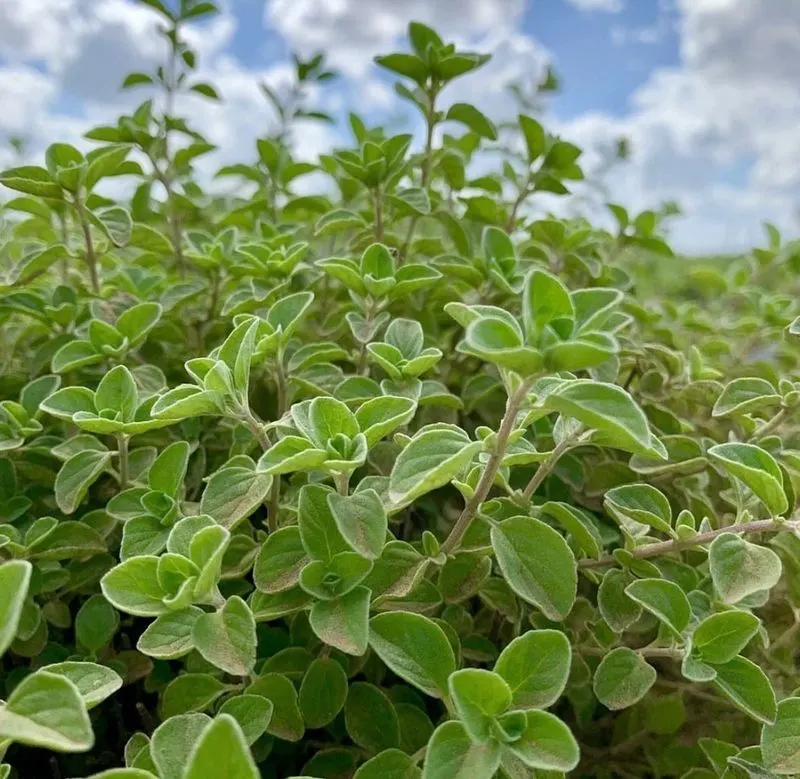
Oregano, known for its robust and slightly bitter taste, is a key player in Mediterranean cuisine. Its aromatic leaves add a distinctive touch to pizzas, pastas, and grilled meats.
The scent of oregano has a way of transforming your kitchen into a lively trattoria, invoking memories of warm, sun-kissed landscapes. Its dried form is just as powerful, offering a convenient option for home cooks.
Did you know? Oregano was considered a symbol of joy and happiness in ancient Greece, often used to crown newlyweds.
Parsley
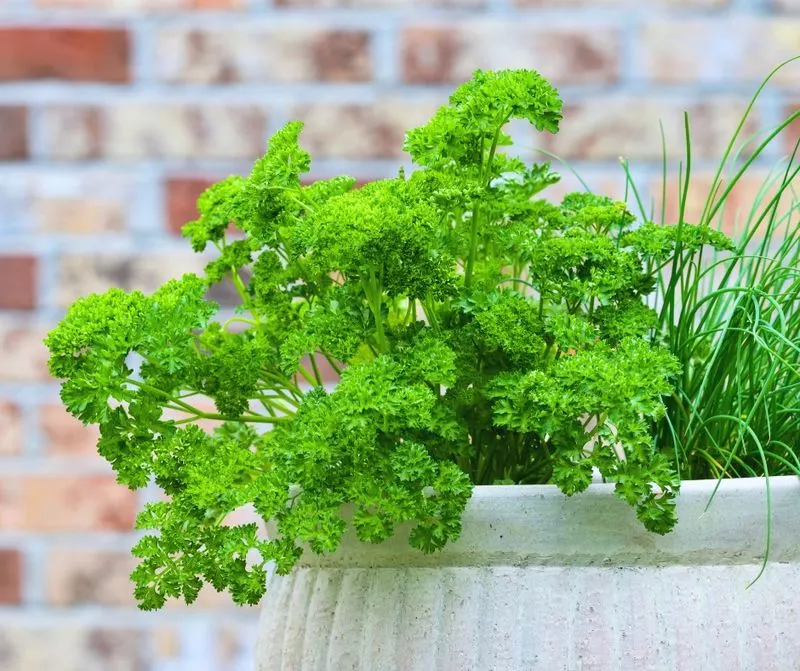
Parsley, often viewed as a simple garnish, is a culinary powerhouse with a fresh, slightly peppery flavor. Its bright green leaves not only enhance the visual appeal of dishes but also add a burst of freshness.
Used in sauces, soups, and salads, parsley can brighten up any meal. Its subtle aroma and flavor make it a versatile herb in the kitchen.
Fun fact: In ancient Roman times, parsley was used to ward off drunkenness and was worn as a crown at feasts.
Cilantro
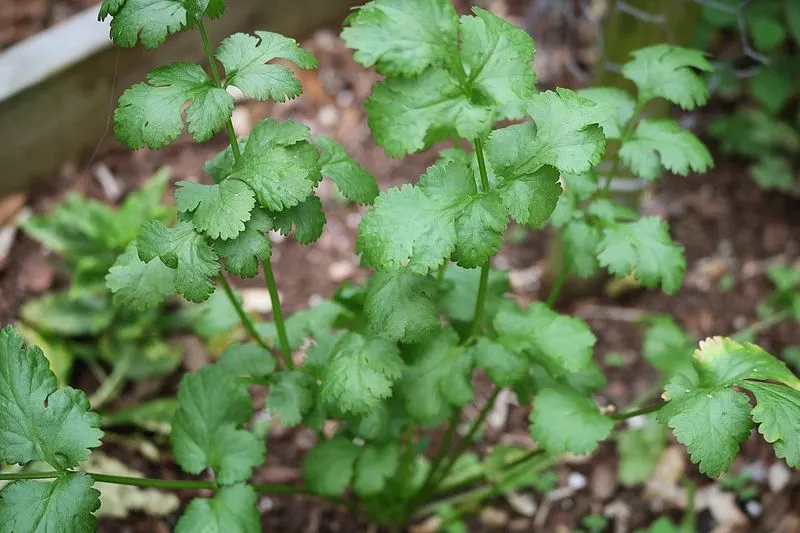
Cilantro, with its distinct, citrusy flavor, is indispensable in Mexican and Asian cuisines. Its aroma is both bold and refreshing, capable of transforming simple dishes into exotic creations.
Whether sprinkled over tacos or mixed into guacamole, cilantro brings a zesty flair to the table. Its unique scent can turn your kitchen into a culinary adventure.
Did you know? Cilantro is one of the world’s most polarizing herbs, with some people loving its flavor while others find it soapy.
Lavender
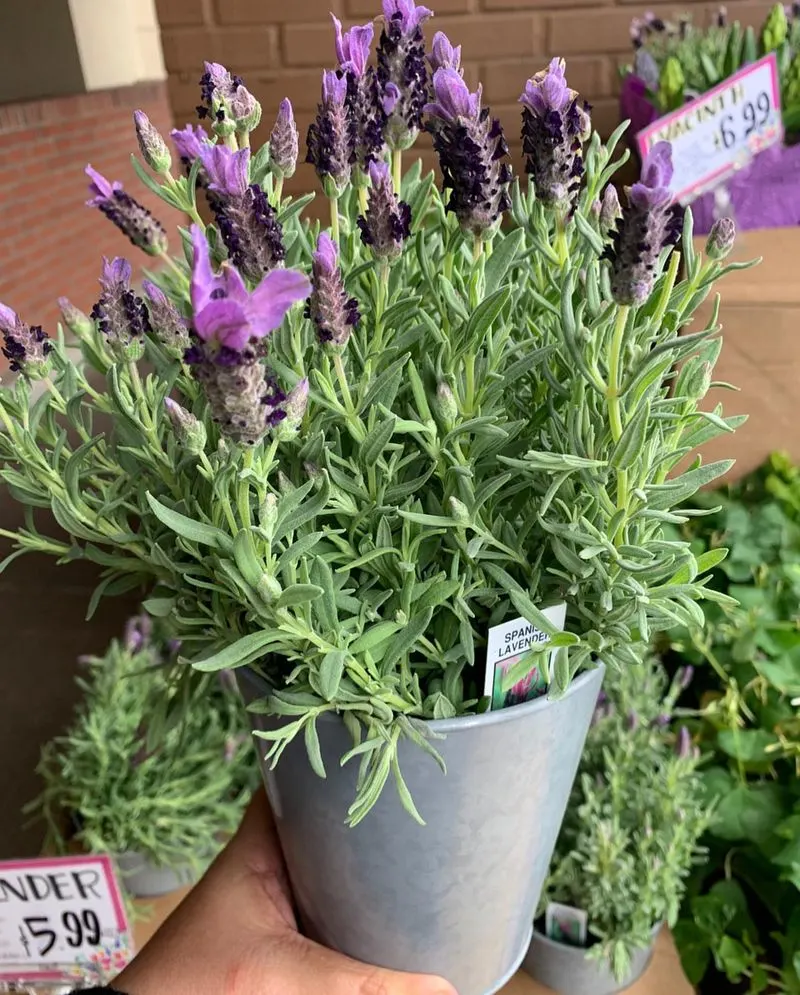
Lavender’s floral aroma is as soothing as it is distinctive, often associated with calming fragrances and teas. Yet, its culinary uses are surprisingly diverse.
In the kitchen, lavender’s sweet, floral notes can enhance baked goods, desserts, and even savory dishes. A hint of lavender in a honey-glazed scone or herb-crusted lamb can elevate the flavor profile.
Interesting fact: Lavender has been used since ancient Roman times for its aromatic properties, often placed in baths for relaxation.
Sage
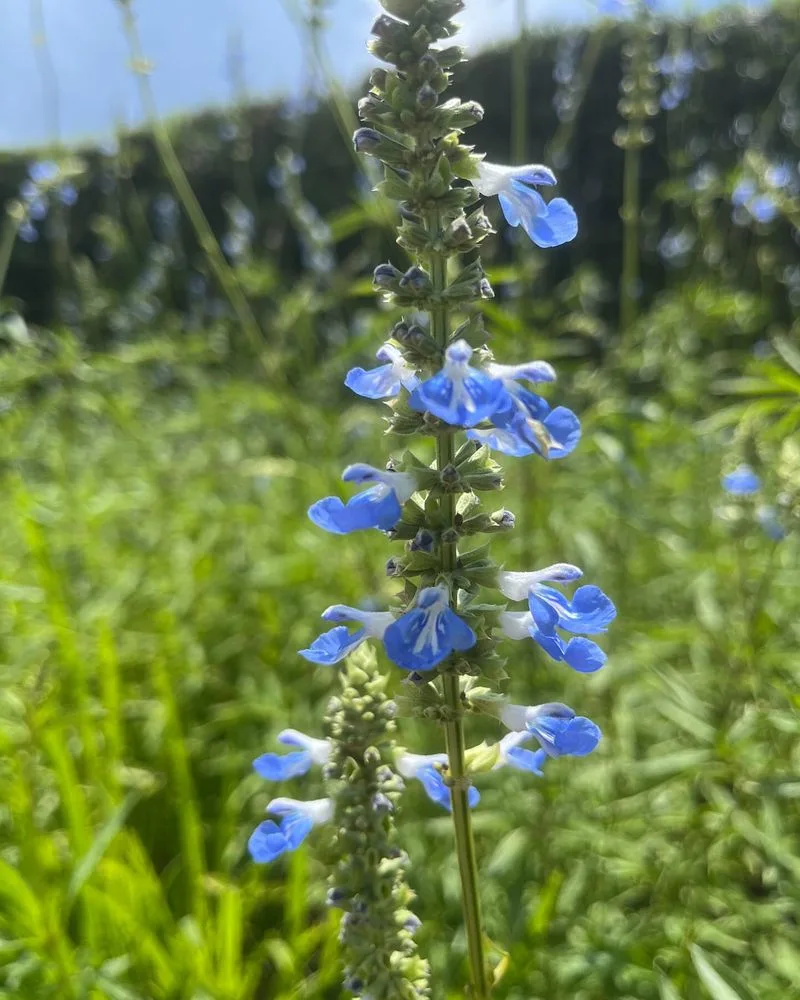
Sage, with its velvety leaves and earthy aroma, is a cherished herb in autumnal and holiday cooking. Its flavor is both robust and warm, perfect for hearty dishes.
Often used in stuffing, sausages, and roasted poultry, sage adds a depth of flavor that’s both comforting and savory. The aroma of sage can evoke the coziness of home-cooked meals.
Did you know? Sage was considered a sacred herb by the Romans, symbolizing domestic virtue and wisdom.
Chives
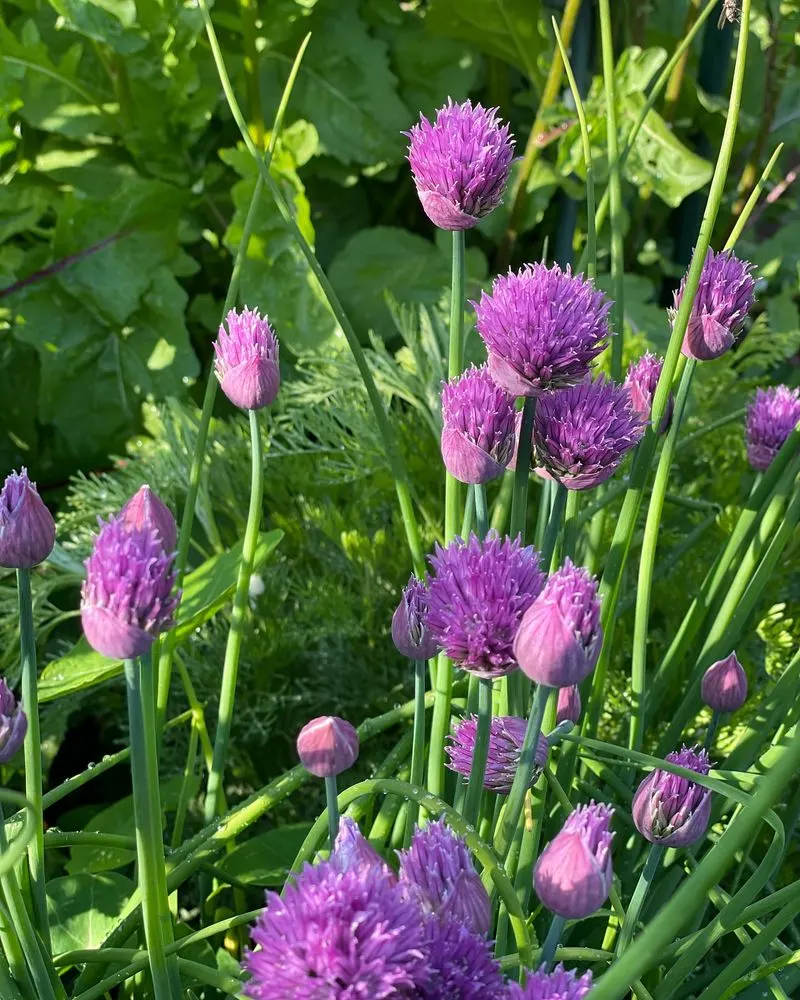
Chives bring a mild onion flavor and a vibrant green color to dishes. Their delicate stems have a subtlety that complements, rather than overpowers, other ingredients.
Snip them fresh over salads, soups, or baked potatoes to add a pop of flavor and color. The gentle aroma of chives can make any kitchen feel lively and fresh.
Fun fact: Chives have been cultivated for over 5,000 years, treasured for their flavor and ornamental appeal in gardens.
Dill
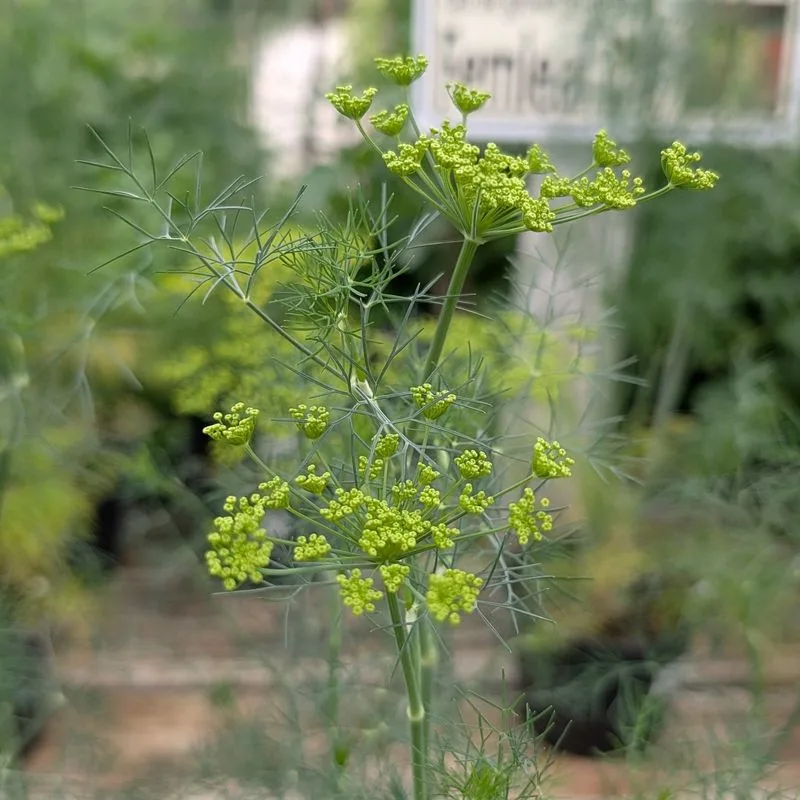
Dill offers a unique flavor profile, combining a grassy freshness with anise-like notes. Often associated with pickles, dill’s aromatic leaves are also a great addition to seafood and salads.
Its scent can invigorate your kitchen, invoking images of Scandinavian dishes and fresh summer meals. Whether used fresh or dried, dill adds a distinctive touch to culinary creations.
Did you know? In ancient times, dill was used as a charm against witchcraft and a symbol of wealth in Greek culture.
Tarragon
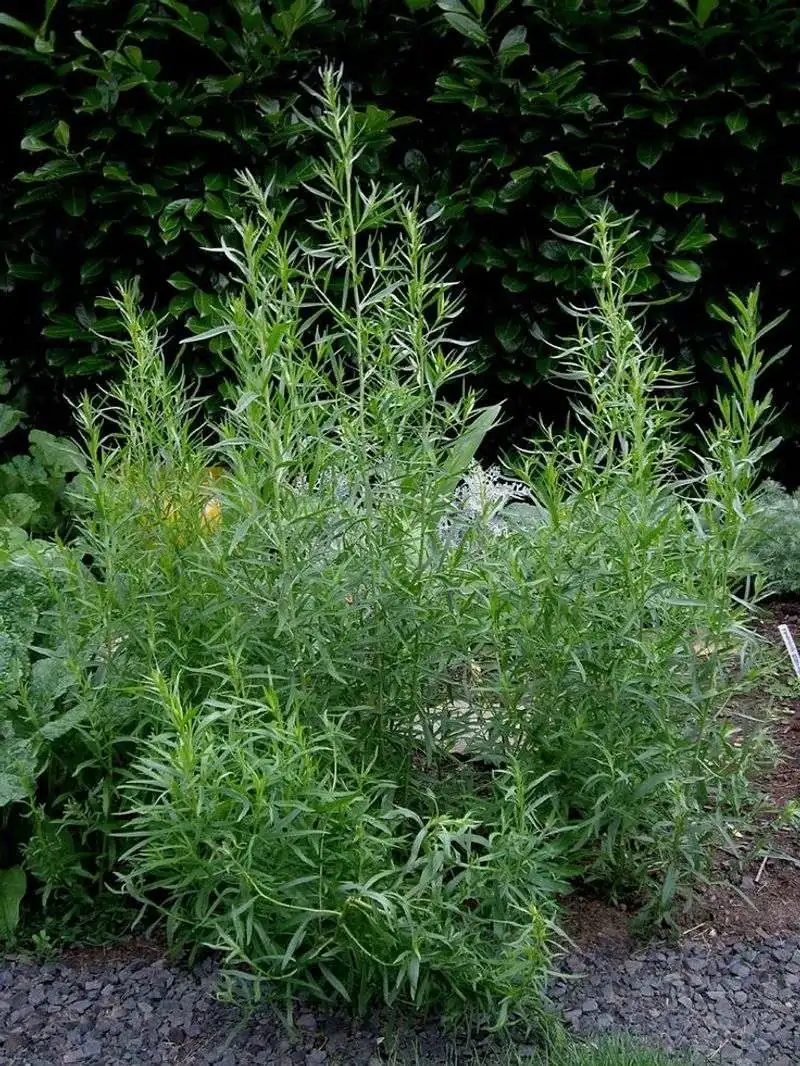
Tarragon’s subtle licorice-like flavor adds sophistication to French cuisine. Its slender green leaves bring a unique taste to chicken, fish, and egg dishes.
The aroma of tarragon, with its hints of anise, creates an elegant atmosphere reminiscent of Parisian bistros. It’s a perfect choice for sauces, dressings, and marinades.
Interesting tidbit: Tarragon was known as the “King of Herbs” by French chefs, valued for its ability to enhance and elevate flavors.
Marjoram
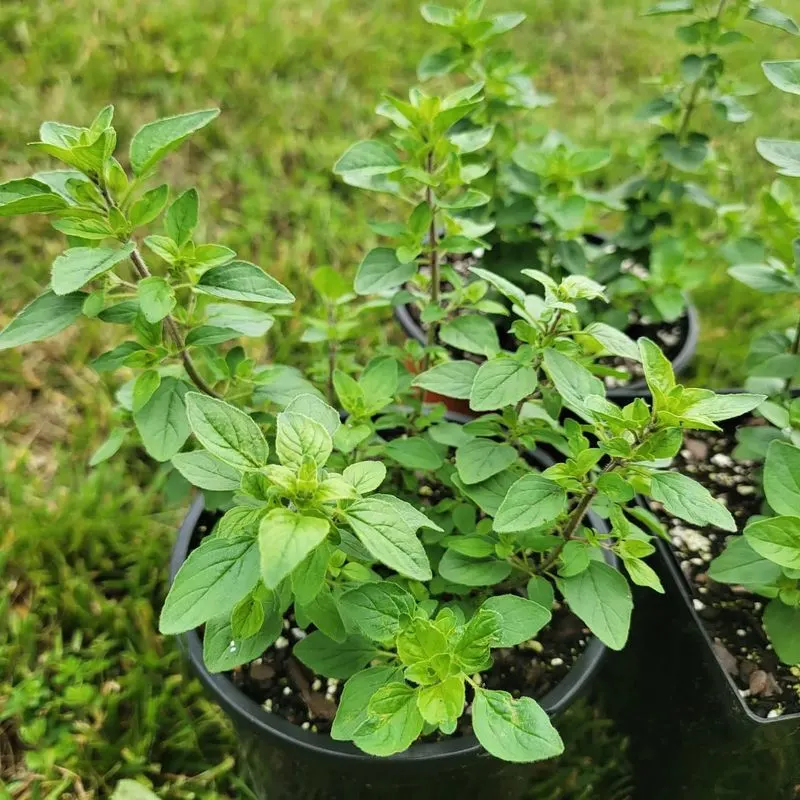
Marjoram, often confused with oregano, offers a milder, sweet flavor that enhances soups, sauces, and meats. Its delicate aroma can transform a kitchen into a haven of warmth and comfort.
A sprinkle of marjoram over roasted vegetables or in a tomato sauce can add a subtle complexity. This herb is a favorite in Mediterranean and Middle Eastern cuisines.
Fun fact: Marjoram was used by the Greeks to crown bridal couples, symbolizing happiness and harmony.
Bay Leaves
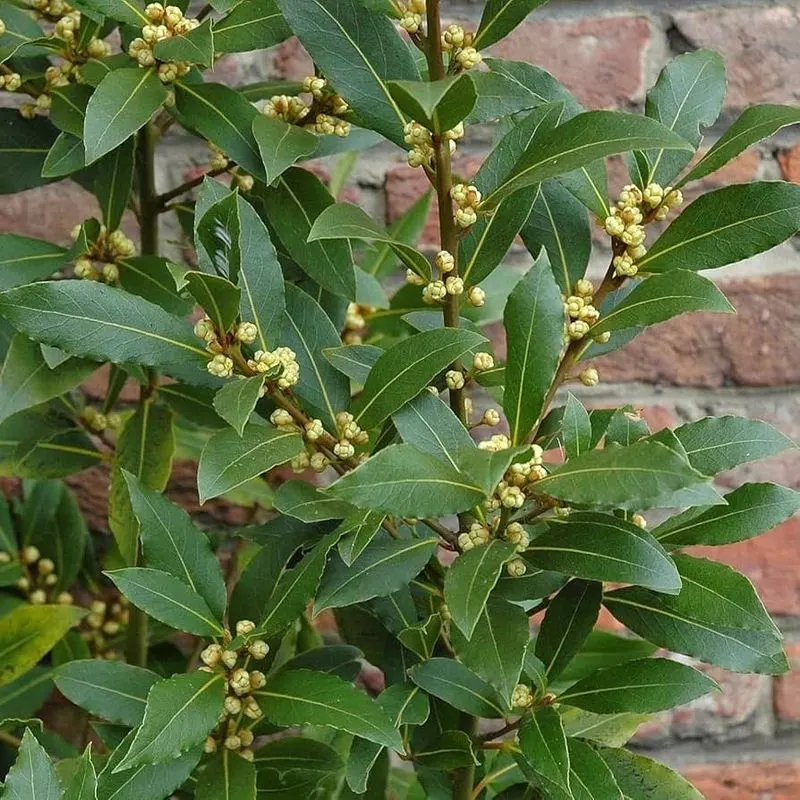
Bay leaves are known for their subtle, aromatic flavor, which adds depth to soups, stews, and sauces. Their scent is a gentle reminder of home-cooked meals simmering on the stove.
Though not eaten directly, bay leaves infuse dishes with a complex blend of floral and herbal notes. Removing them before serving is essential for a smooth dining experience.
Did you know? In ancient Rome, bay leaves were a symbol of victory and were used to crown victors and emperors.
Lemongrass
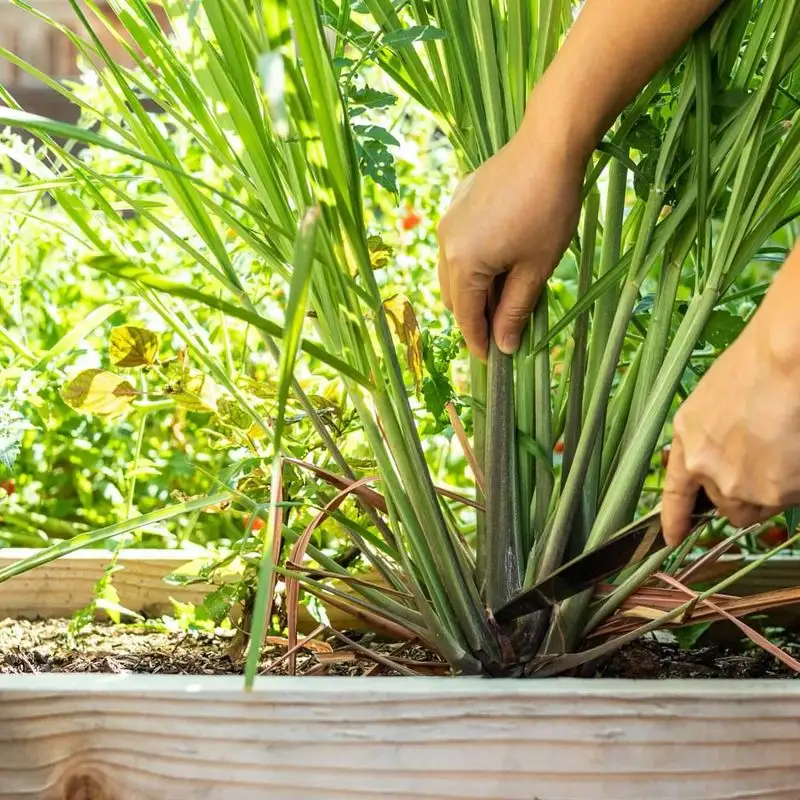
Lemongrass brings a subtle citrus flavor to Asian and Caribbean dishes. Its refreshing scent can transform your kitchen into a fragrant oasis.
Used in soups, curries, and teas, lemongrass adds a bright, zesty note that’s both invigorating and comforting. The aroma of lemongrass is often associated with tranquility and warmth.
Interesting tidbit: Lemongrass is also a popular ingredient in natural insect repellents due to its pleasant citrus fragrance.
Curry Leaves
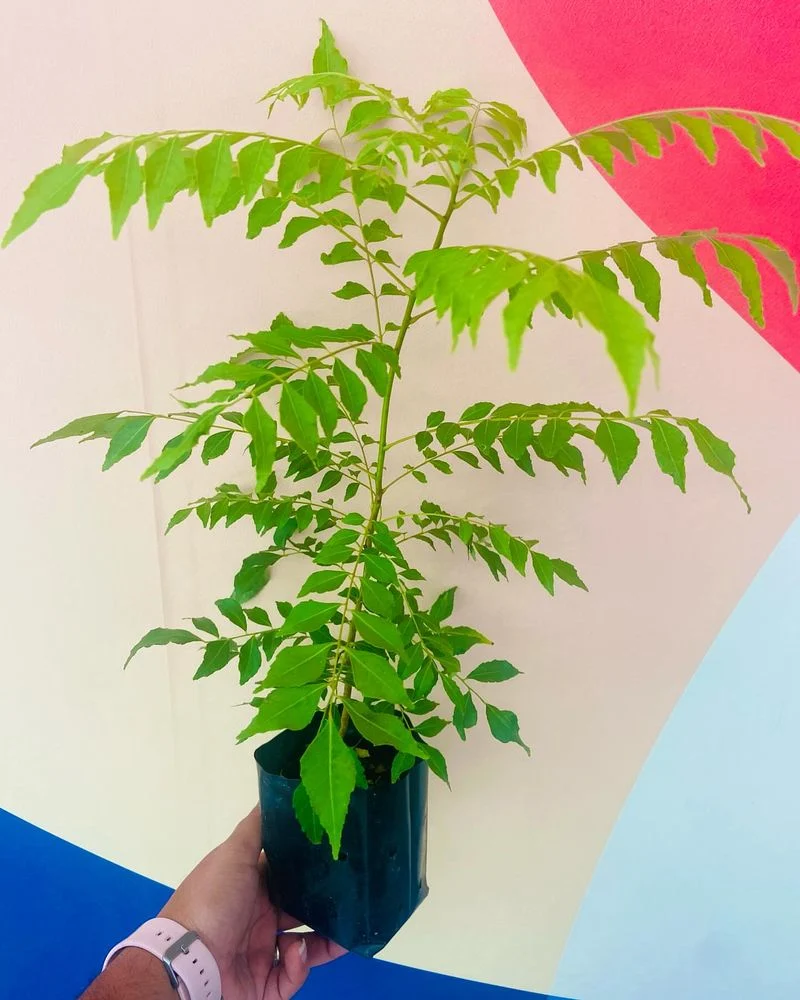
Curry leaves have a unique aroma that is essential in Indian and Sri Lankan cooking. Their scent is a delightful blend of citrus and spice, adding depth to curries and dals.
When sautéed in oil, curry leaves release a fragrance that enhances the complexity of any dish. These leaves are not just for garnish; they are integral to the flavor profile.
Fun fact: Curry leaves are not related to curry powder but are named after their traditional use in curry dishes.

